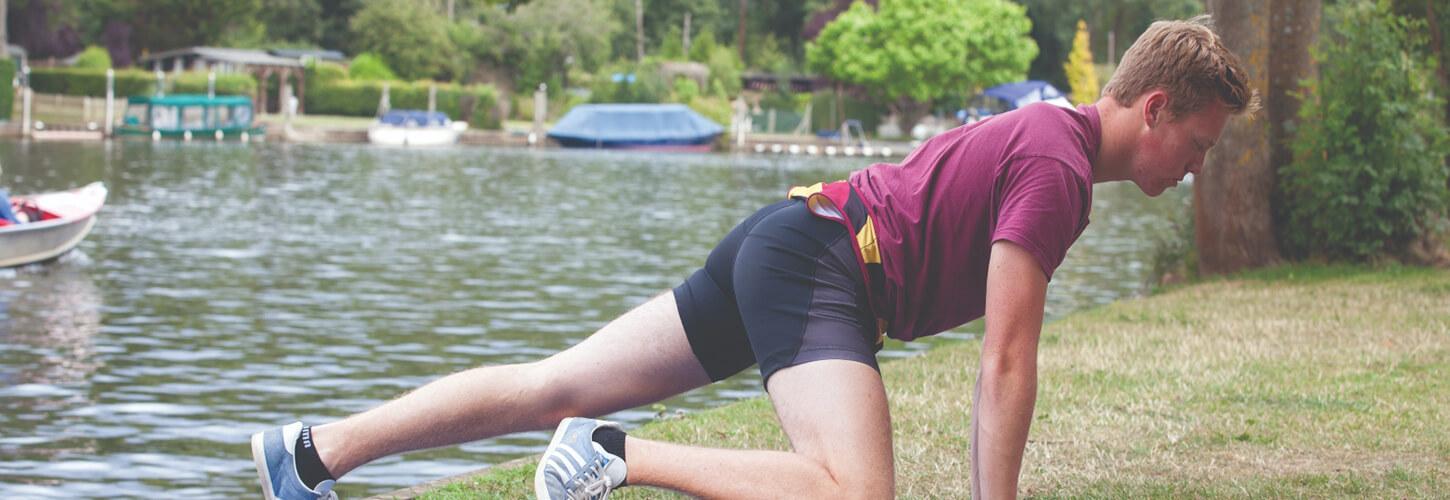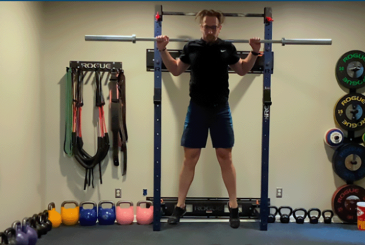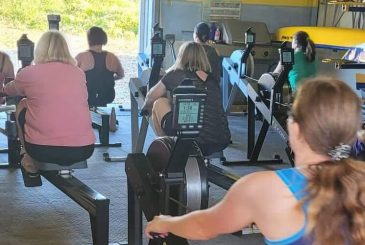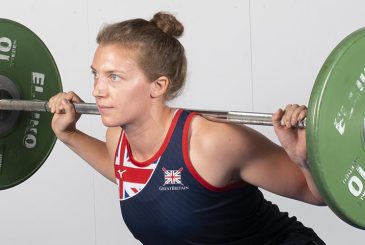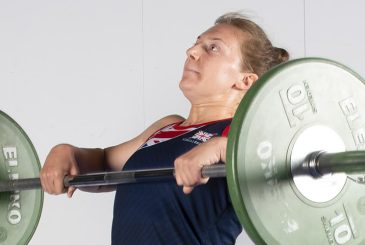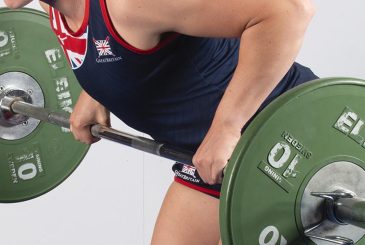Once you have mastered the basic plank, the dynamic plank is a great way to strengthen your obliques. Wendy Davies explains more
The internal and external obliques are essential in controlling rotation of the body over the pelvis – something that’s key in sweep rowing.
Improving your basic plank
The basic plank is the starting point for the following exercises, so make sure that you have it nailed before you progress.
The plank is a popular exercise which works the abdominal and lower back muscles, shoulder stabilisers and gluteal muscles, so improves core and spinal stability. However, it has disadvantages.
Holding it for a sustained period can overload the neck, shoulders, discs and vertebrae. And, when fatigue sets in, it’s common to lose the quality of the exercise as the hips or shoulders drop, or the bottom rises.
How to achieve the perfect plank
Stage 1: Perform one 30-second hold to start with, concentrating on keeping your body in a straight line – it’s a good idea to have a training buddy to check your form.
Stage 2: When you have perfected this, you can move on to two holds and ultimately three. A short rest in between planks allows some recovery time and reduces compression of the spine.
Stage 3: Once you have achieved three holds comfortably, gradually increase the time until you can hold a good quality plank for a minute. You’re then ready to move on to the following dynamic variations, which are more specific to rowing than static planks.
This is because rowing involves a flowing, continuous stroke, which conserves energy that can then be used to create power through the blade. It’s not an isometric sport that involves continuous bracing.
Tips
- Don’t let your chest or hips drop, and don’t push your bottom up.
- A short rest in between planks allows some recovery time and reduces compression of the spine.
Exercises
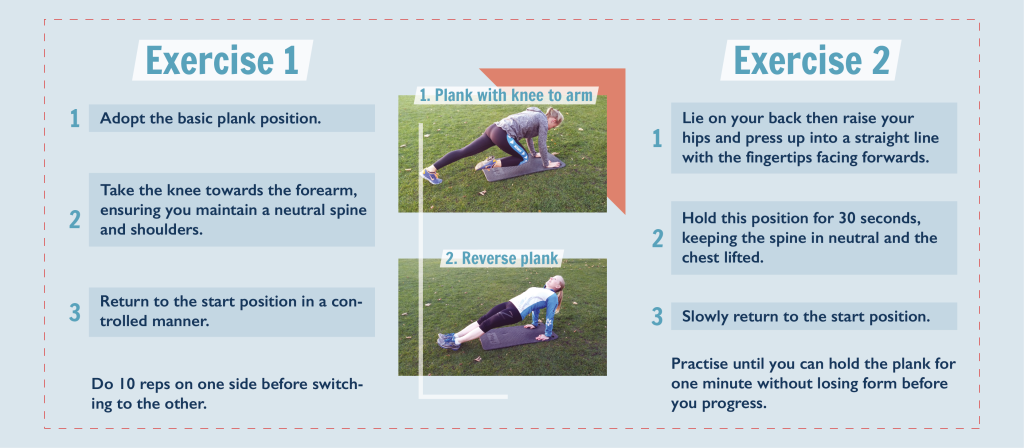
Exercise 1: Plank with knee to arm
Tip
- Don’t let your shoulders drop forwards.
How to increase the challenge
- Take the knee across the body to the opposite arm.
- This will work the obliques more.
Exercise 2: Reverse plank
How to increase the challenge
- In the reverse plank position, tighten your glutes and thighs and slowly raise one leg a few inches off the floor.
- Keep a neutral spine and don’t let the shoulders drop forwards.
- Perform five reps on one side, then repeat on the other.
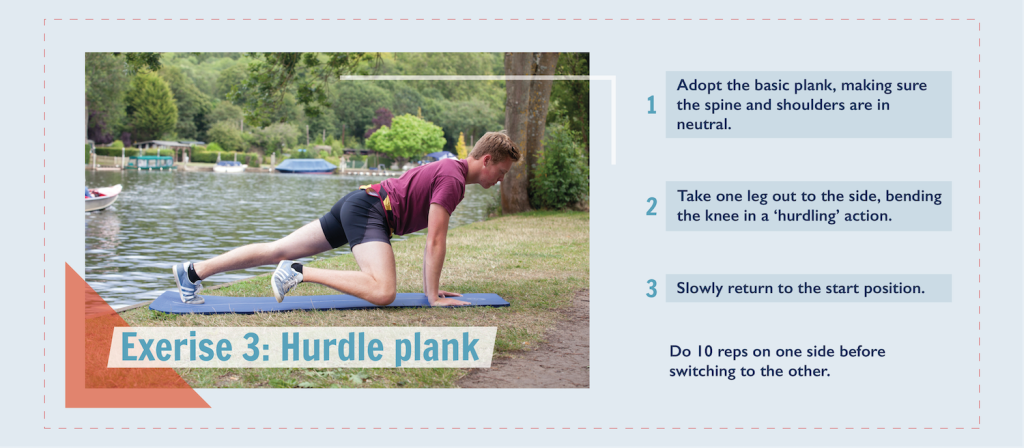
Exercise 3: Hurdle plank
Tip
Make sure your leg is out to the side.
How to increase the challenge
Move on to performing two sets on each side, and then three.
Exercise 4: And rest!
To relax afterwards, lie on one side and open the top arm and back. Rotate your head so that your eyes follow your hand. Focus on your breathing and your arm opening.
Photo credit: Iain Weir


